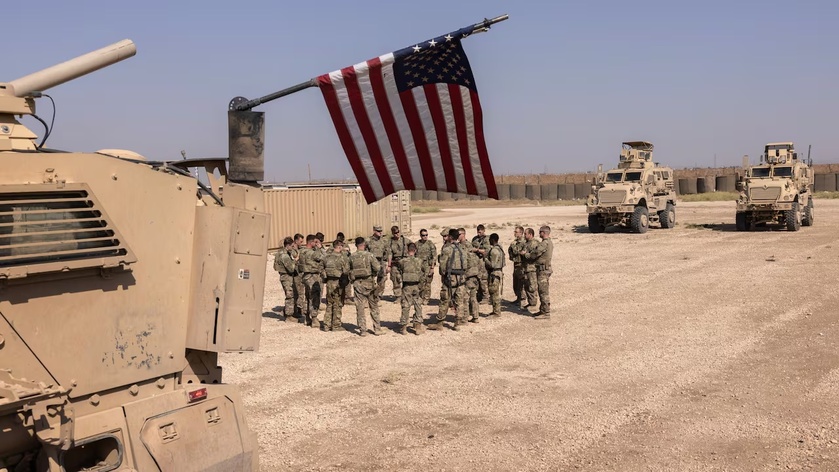This is a statement by Daniel Hagari about what happened.
An Israeli hostage was rescued alive by IDF troops from a tunnel in the southern Gaza Strip earlier today, the military announces.
The rescued hostage is Qaid Farhan al-Qadi, 52, from a Bedouin community near the southern city of Rahat, who was working as a guard at a packing factory in Kibbutz Magen on October 7. Al-Qadi was abducted by Hamas terrorists from the nearby community of Mivtahim.
Al-Qadi was found alive inside a tunnel by commandos of the Navy’s elite Shayetet 13 unit. The operation was led by the IDF Southern Command, Shin Bet security agency, and the IDF’s 162nd Division.
He is said to be in good health.
It is now believed that 104 of the 251 hostages abducted by Hamas on October 7 remain in Gaza, including the bodies of 34 confirmed dead by the IDF.
Hamas released 105 civilians during a weeklong truce in late November, and four hostages were released before that. Eight hostages have been rescued by troops alive, and the bodies of 30 hostages have also been recovered, including three mistakenly killed by the military as they tried to escape their captors.
Hamas is also holding two Israeli civilians who entered the Strip in 2014 and 2015, as well as the bodies of two IDF soldiers who were killed in 2014.


















